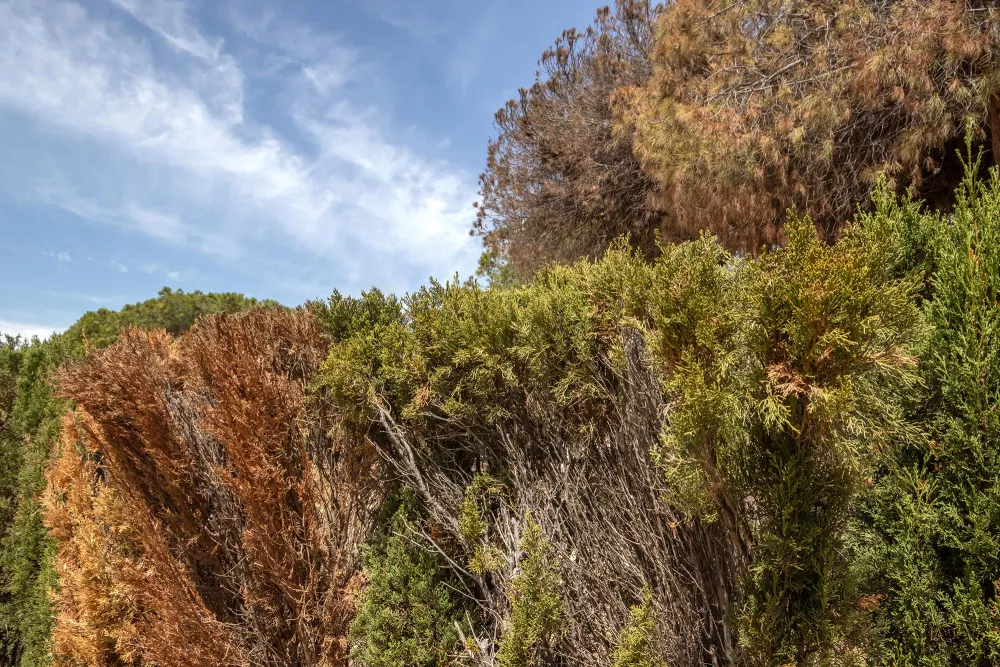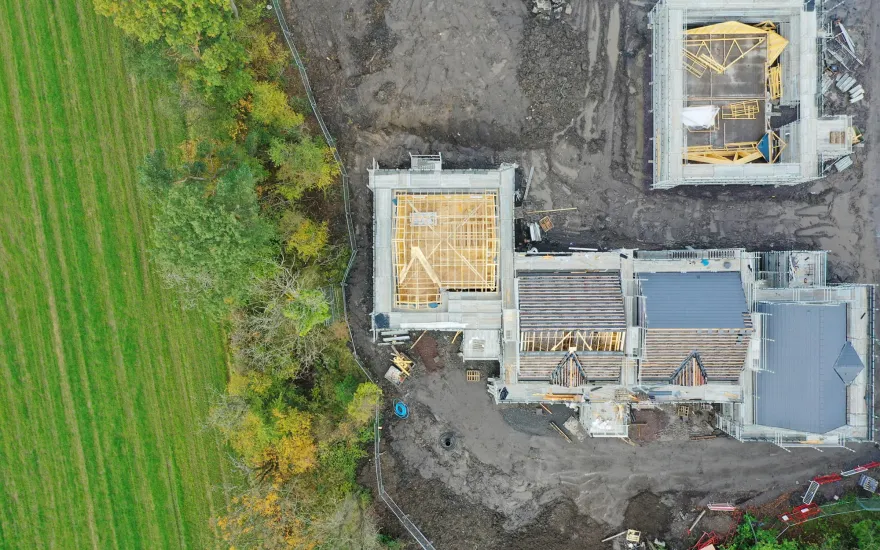Now live: The 2025 Canopy Report. Learn how Americans see trees. GET THE REPORT
Bulletin
Help Stop Insect and Disease Invasions
Vast acreages of forests in our western mountains are turning brown as bark beetles spread across the once-green landscape. In earlier times, the American chestnut was almost completely destroyed in our eastern forests by a fungus from a foreign land. Although dealing with these kinds of epidemics is mostly the purview of professional foresters, insects and diseases that attack urban trees become everyone’s responsibility.

We can all play a role in stopping the spread of invasive insects and diseases if we just know how to help.
America is under attack! The enemies in this case are insects and diseases that are destroying the shade trees in our urban forests. They are spreading at an alarming rate and killing across a broad spectrum of our most treasured species — trees like ashes, black walnuts, maples, and hemlocks.
The first serious invasion that occurred was in 1930. The now-infamous Dutch elm disease came to America on a load of logs from Europe. In this case, a deadly fungus did the damage, and it was transported from tree to tree by a tiny bark beetle. The result was that eventually our native elms were attacked throughout the country. In some communities where the streets were lined with this favored species, the cities were rendered nearly treeless. In fact, the shock of this invasion launched the creation of tree boards and urban forestry as we know it.
Many lessons were learned from the traumas of Dutch elm disease, including the need for diverse plantings instead of monocultures, proper disposal of infected wood, and the benefits of early detection. Today, the threats and need for action are greater than ever. This is because of our shrinking world. International trade is growing, transportation is faster, and incoming shipments are no longer restricted to seaports on the periphery of our borders. Hitchhiking pests arrive on clothing, logs, wooden packing materials, and even hidden in the wooden cores of artificial plants that decorate our homes and offices.
In the best of American tradition, we are rising to the challenge. Our government, scientists, and urban foresters are working overtime to control current invasions. But they need help. This bulletin is intended to expand the important function of citizen monitoring. Through this early alert system, it is possible to slow or even stop the spread of invasive pests.
In This Bulletin
Here’s what’s inside:
- America’s Most (Un)Wanted – some of the most serious pests and diseases facing our urban forests
- What You Can Do – your role in helping to fight against the spread of these pests and diseases
- Groups That Are Taking Action – examples of citizen groups getting involved
